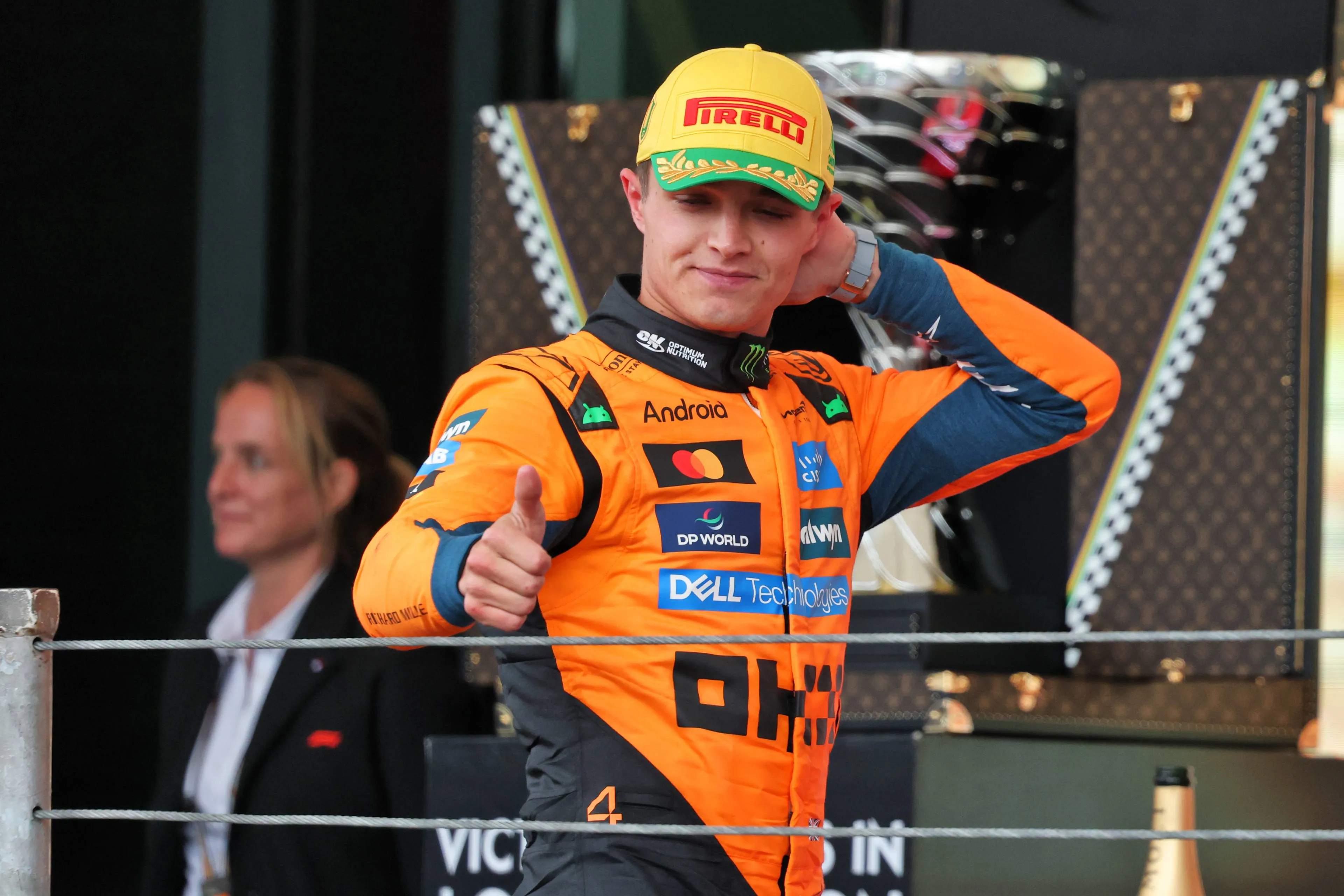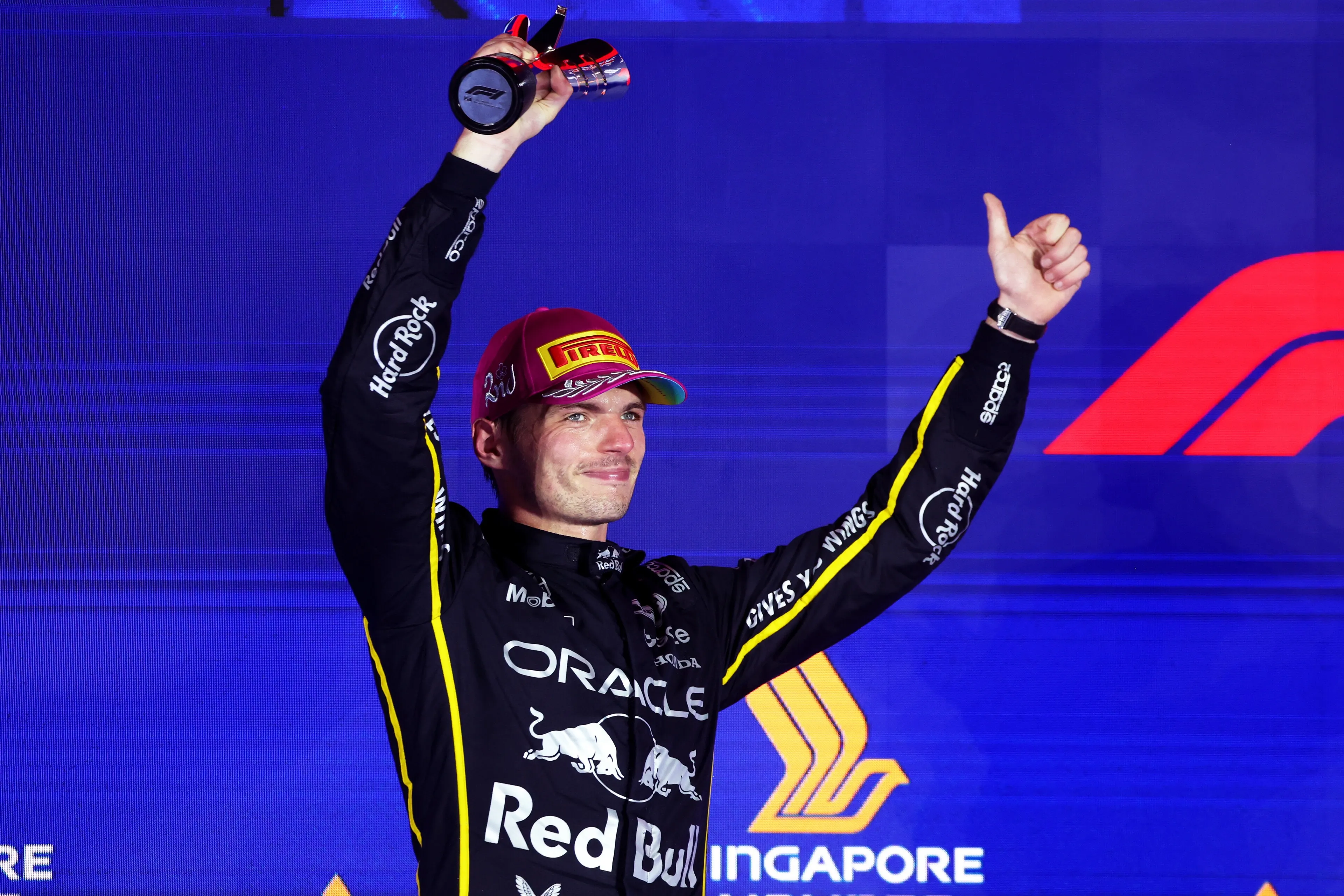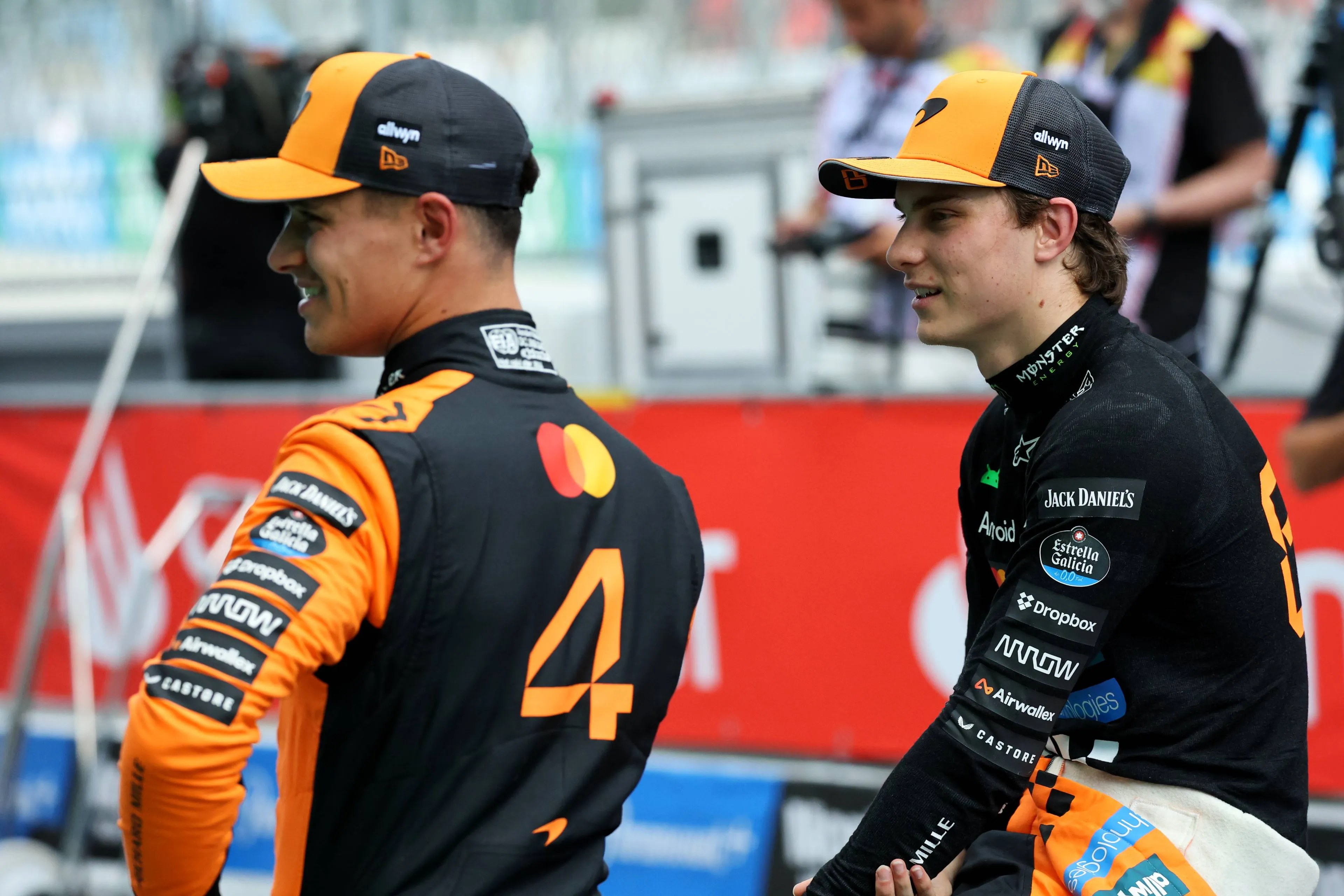
The DGR-Lola concept car - Credit: Lola Cars
Former F1 driver reveals concept car '11 seconds' quicker than F1
13:24, 19 Nov
1 Comments
Former Formula One driver, Lucas Di Grassi, has been designing an electic concept car that he claims could go "11 seconds" faster than an F1 car at Monaco. That car, is the DGR-Lola.
The question of whether such cars can be faster than Formula 1 has been answered with data and simulation. My plan is to build this car in the next two years.- Lucas Di Grassi
Di Grassi spent his summer designing this electric concept car, during the summer break of Formula E, where the Brazilian currently competes for Lola Yamaha ABT. Di Grassi also competed in Formula One back in 2010 with Virgin Racing.
With Lola Cars supporting Di Grassi, the ultimate goal was what is possible with currently materials and technology, and also to prove that it is possible to faster than F1 cars are currently able to go. Some features of this design include: Active aerodynamics, extreme low drag, modular battery design and open software integration.
Formula One will be introducing active aerodynamics next season as part of a bigger technical regulations overhaul which looks to reshape and shake-up the grid and running order as we know it.
Simulations showed that, at the Monaco circuit, the DGR-Lola could go much faster than the F1 cars did earlier this season. At it's ultimate level, Di Grassi believes the DGR-Lola could go up to 11 seconds quicker than an F1 car around Monaco. The car is also roughly ten times more efficient than the current F1 cars are around Monaco.

Lucas Di Grassi's electric concept car, the DGR-Lola. - Credit: Lola Cars
Read also
The concept car features twin-turbine suction for modular downforce, and is all-wheel drive (AWD). The car generates 600kW (804bhp) of power from two motors, powered by a fully integrated 60kWh modular battery.
Di Grassi revealed: "The downforce that I assumed has the full downforce potential is 15 Kilonewtons, so 1.5 tons, which is still conservative from the numbers we got from at least the idea that the McMurtry showcased, that the car can do up to two tons."
With support from Lola Cars and their facilities at Silverstone, Di Grassi received additional assistance from Sebastian Lamour's LamTec with the CAD. The renderings of the car were produced by Chris Paul Design, and Computational Fluid Dynamics (CFD) runs were done by Airshaper.
Di Grassi continued: "So that's 2000 kilos, I assumed 1.5 but I think the car can do more with 1.5 and taking out the battery modules from the side, reducing about 200 kilos from the car - the car can go 11 seconds faster than F1."
According to simulations, the car can match F1 qualifying pace for 12 laps, and can match F1 race pace for around 15-20 laps, around the Monaco circuit.
Di Grassi concluded by saying: "This project should serve as an inspiration for the future generations of electric racing cars."
GPblog's latest F1 Paddock Update
Want to stay up-to-date with what happens in the F1 paddock? Then GPblog's F1 Paddock Update video is the perfect way to do it. Subscribe to GPblog's YouTube channel and turn on notifications to never miss the latest episodes.
Read more about:
Rumors
Popular on GPBlog
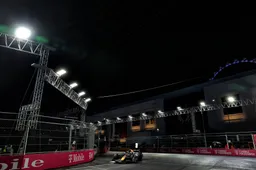
1
Flood watch issued as Las Vegas threatened by major rainfall
2854 times read

2
Brown accuses Verstappen of being 'a bruiser' - 'He's crossed the line'
945 times read

3
Ferrari warned of vicious circle - Hamilton can be the next Schumacher
796 times read
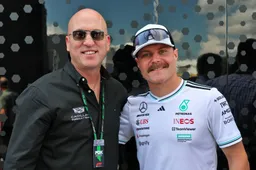
4
'Cadillac poaches top FIA figure behind 2026 F1 rules'
627 times read
Loading



